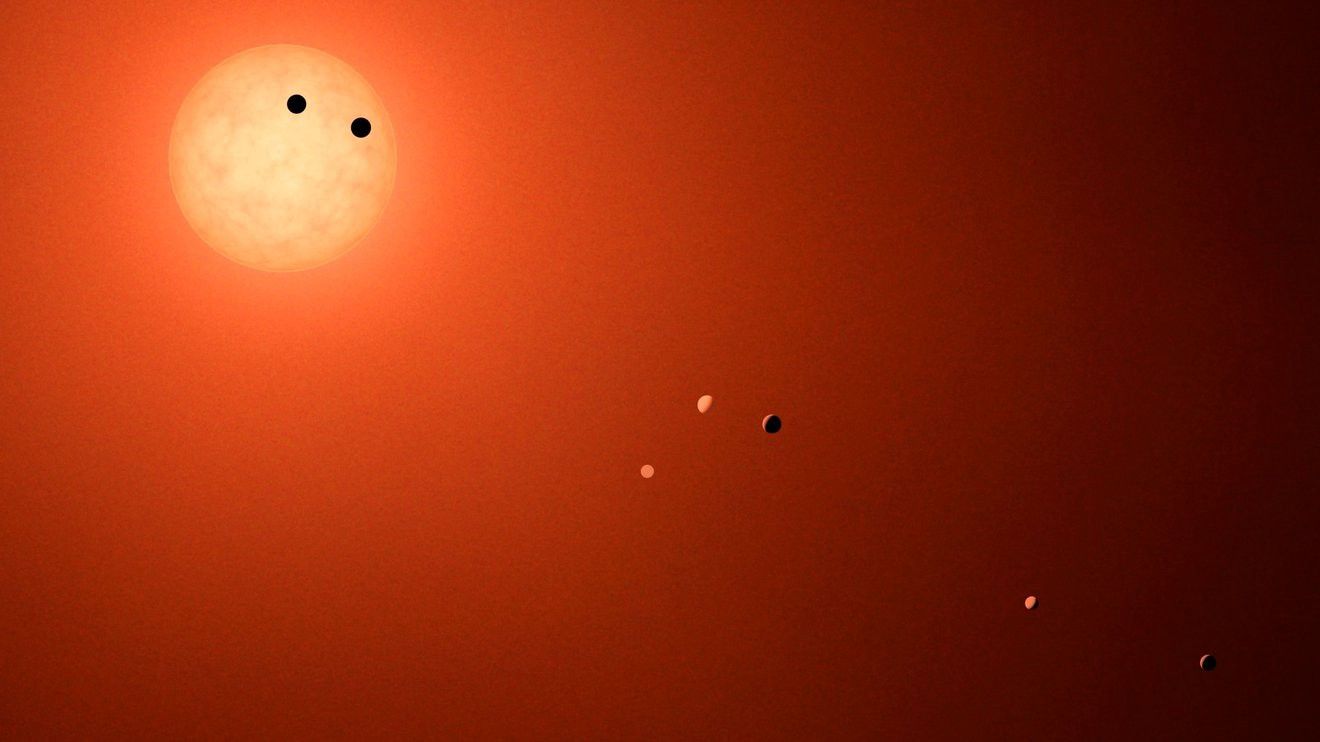Using a new deep neural network called ExoMiner, scientists find another 301 exoplanets in the existing Kepler and K2 mission data.

By Beth Johnson
Not to be outdone by TESS, the Kepler mission continues to expand our exoplanet catalog by leaps and bounds. In a new paper in The Astrophysical Journal, scientists used a deep neural network called ExoMiner and NASA’s Supercomputer Pleiades to comb through Kepler and K2 mission data in an attempt to speed up the process of finding and confirming exoplanets.
Kepler and TESS both use the same method of detecting exoplanets — the transit method — where we measure the amount of light coming from a star and see if there are any dips in that light that could indicate the presence of an orbiting planet. There are a few issues with this method, and one of them is that false positives can appear due to another star or starspots or even dust. And looking at each star with a human eye is incredibly time-consuming. I know. I’ve done it.
And that’s where machine learning comes in. We can train a neural network to differentiate between an exoplanet and those false positives using data we have already processed. And with over 4,500 exoplanets in the Kepler data already validated, there is plenty of data to use for training. So that’s what programmers did in creating ExoMiner, and it seems to have worked brilliantly. As project lead Hamed Valizadegan said: ExoMiner is highly accurate and in some ways more reliable than both existing machine classifiers and the human experts it’s meant to emulate because of the biases that come with human labeling.
While none of these 301 new exoplanet discoveries are thought to be Earth-like or in their habitable zones, they do add to the growing mounds of data we can use for comparing exoplanet populations and systems. Congratulations to the Kepler and ExoMiner teams, including SETI Institute scientists Doug Caldwell and Jeff Smith. We look forward to seeing what other discoveries you make.
More Information
NASA JPL press release
USRA press release
“ExoMiner: A Highly Accurate and Explainable Deep Learning Classifier to Mine Exoplanets,” Hamed Valizadegan et al., to be published in The Astrophysical Journal (preprint on arxiv.org)
This story was written for the Daily Space podcast/YouTube series. Want more news from myself, Dr. Pamela Gay, and Erik Madaus? Check out DailySpace.org.
This article was originally published on medium.com





